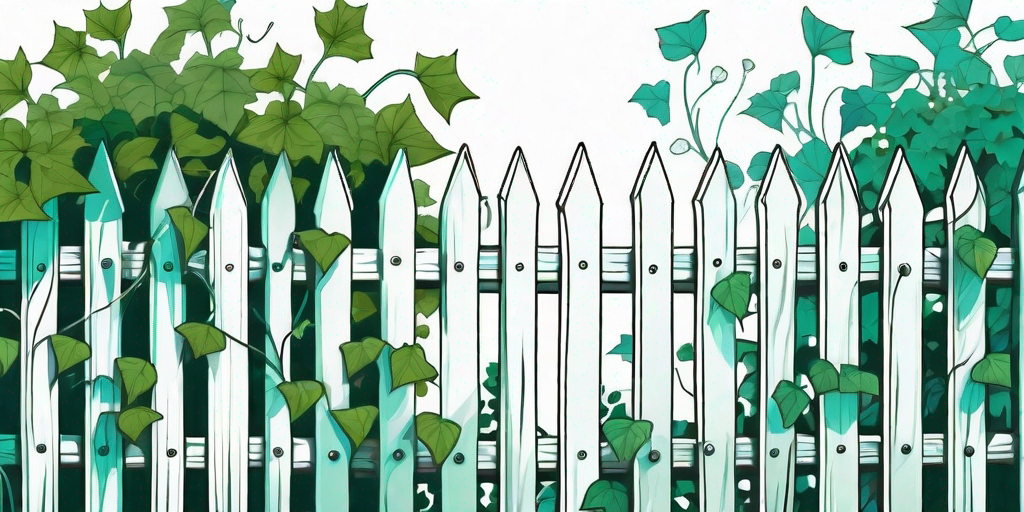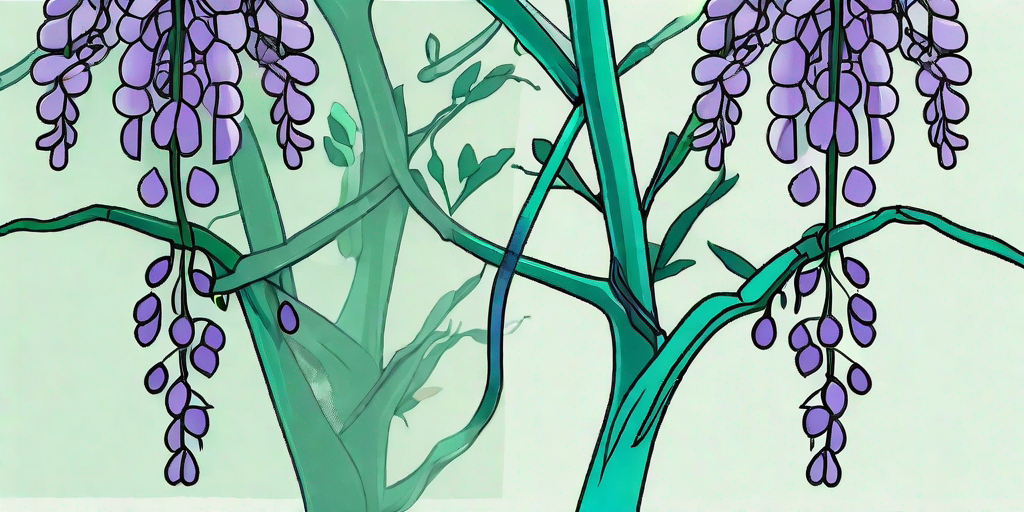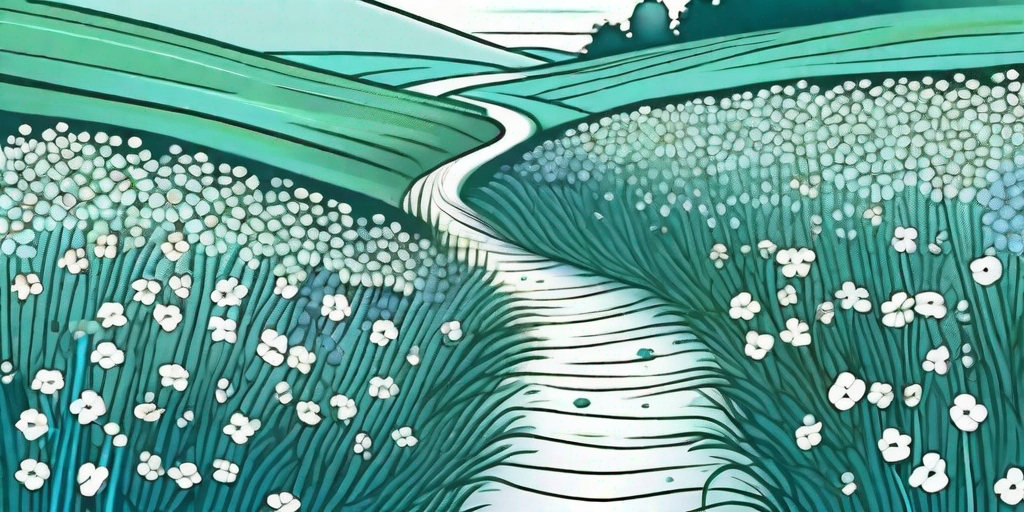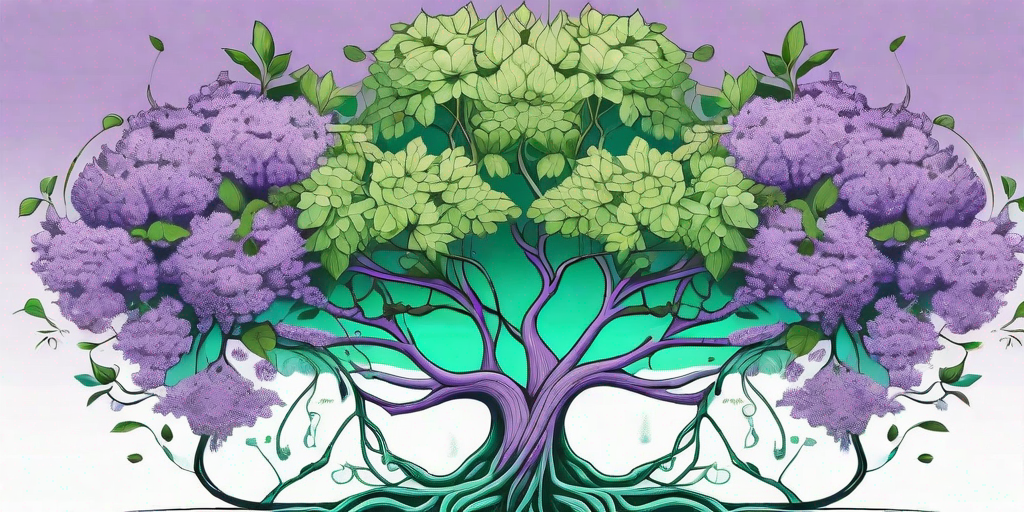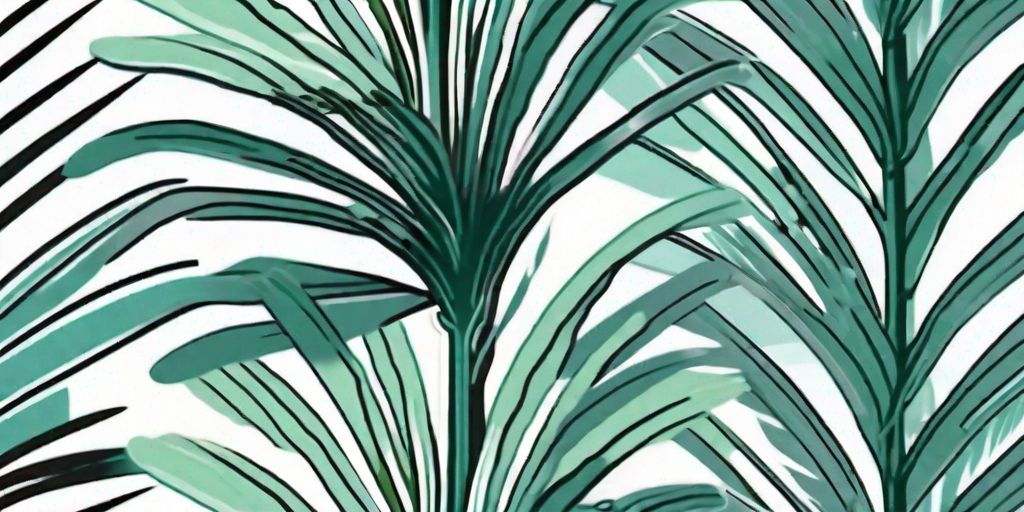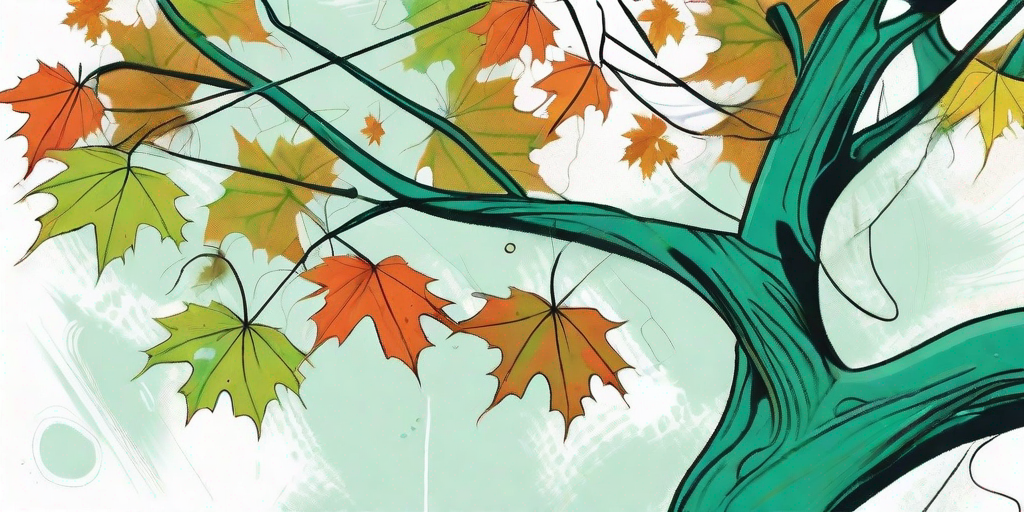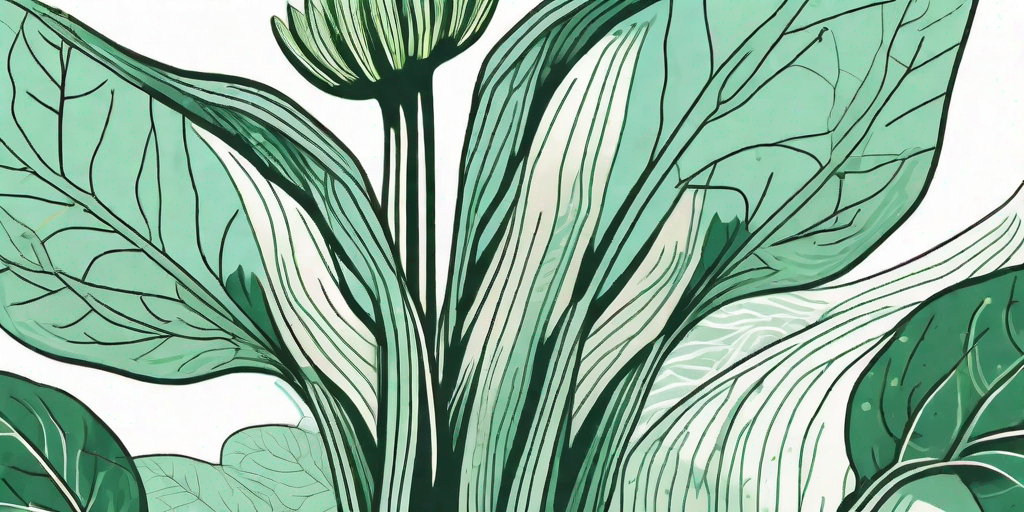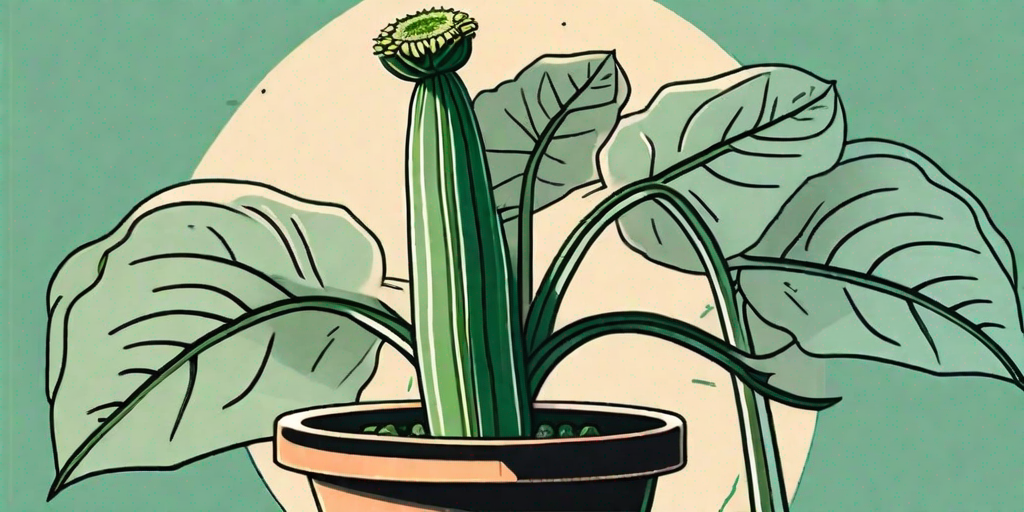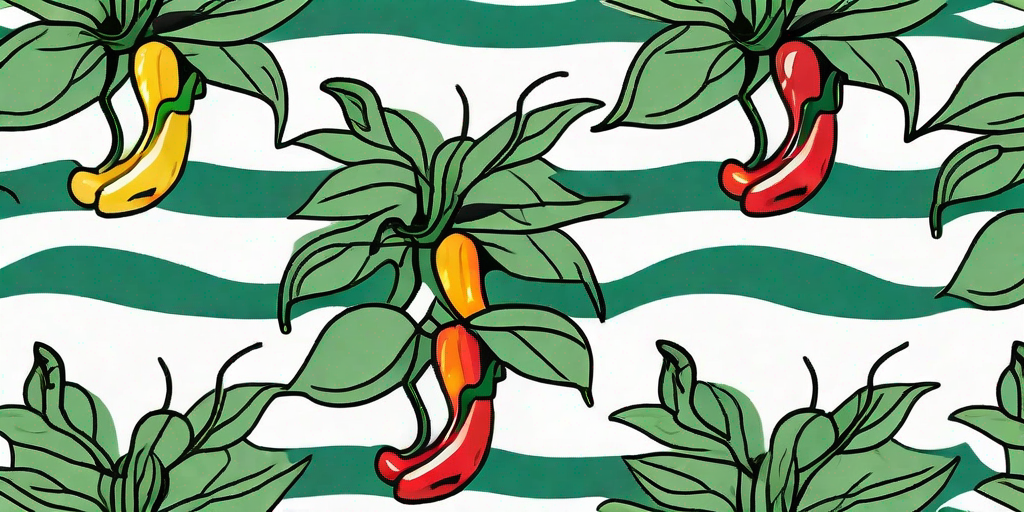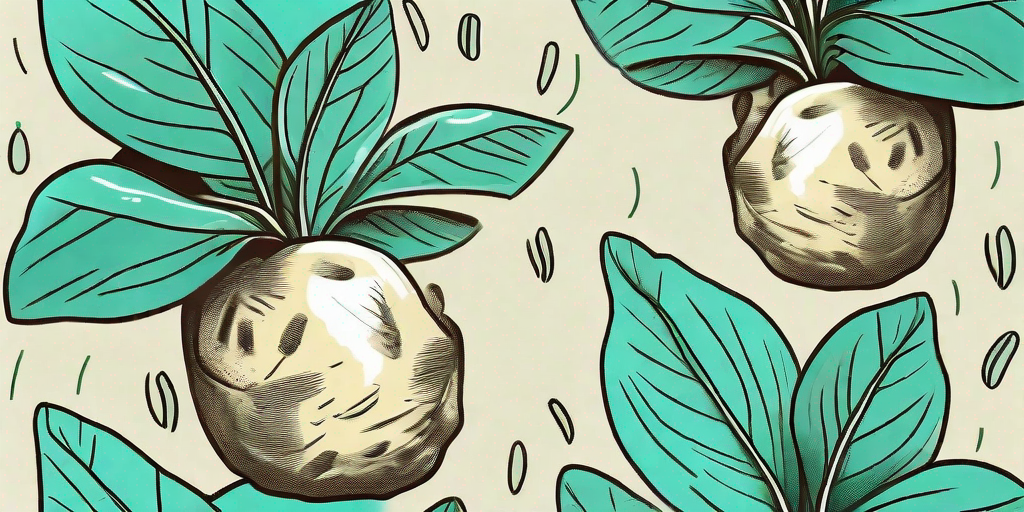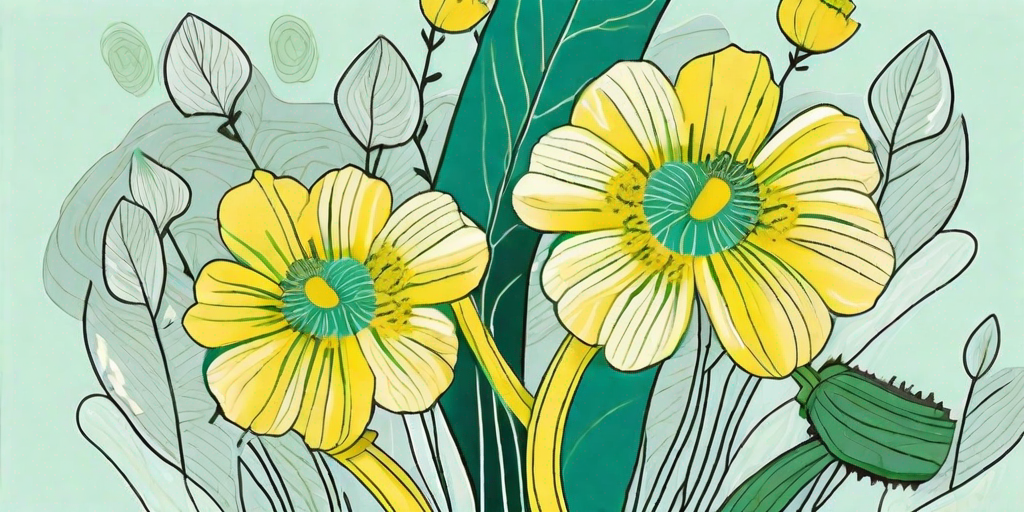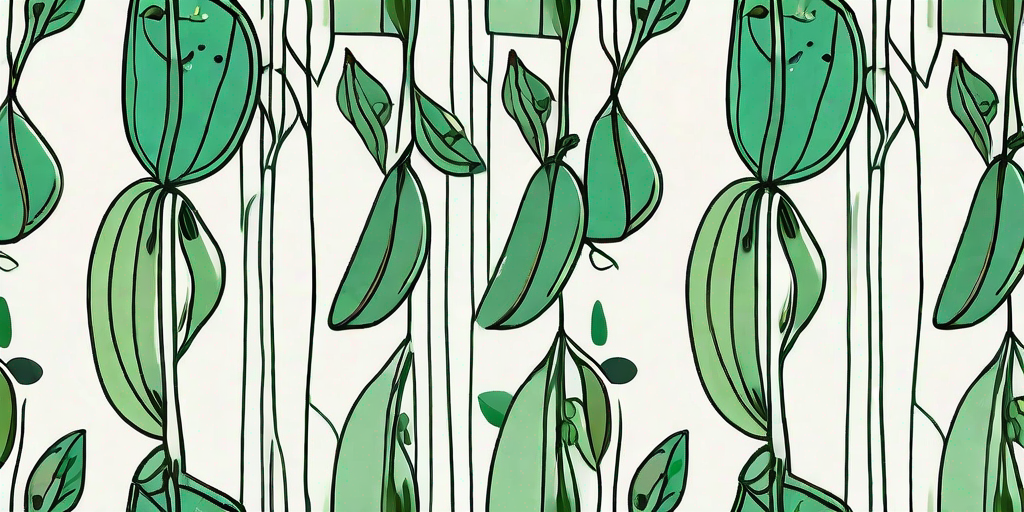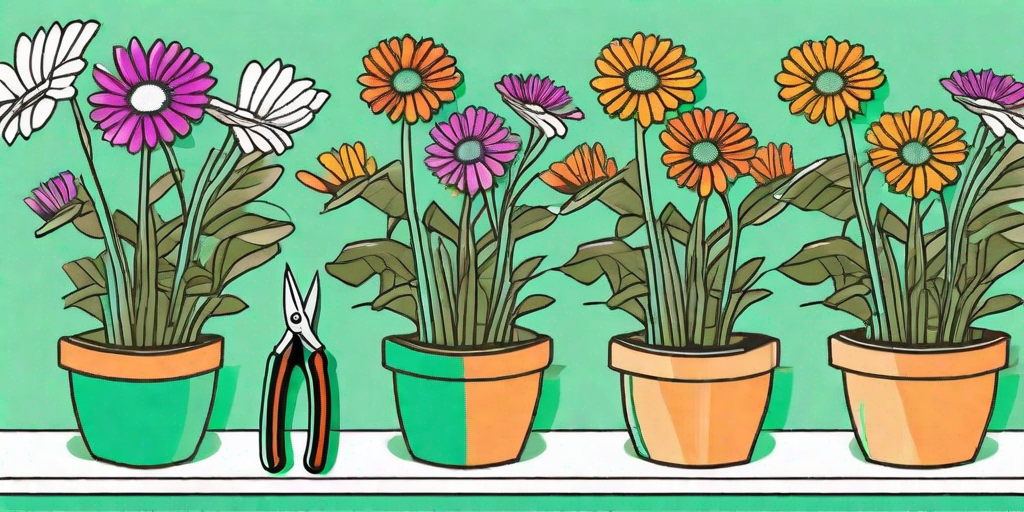
Ever looked at your plain, drab fence and thought, "What a bore!"? Well, we're here to tell you that it doesn't have to be that way. With a little bit of patience, some gardening gloves, and the right variety of ivy, you can turn that fence into a lush, green haven. And the best part? It's easier than you might think.
The Magic of Ivy
Ivy, with its fast-growing nature and luscious green leaves, can transform any space into a verdant paradise. It's like the fairy godmother of the plant world, turning your pumpkin of a fence into a beautiful carriage.
But not all ivies are created equal. Some are slow growers, others might not be suited to your climate, and some might just be a bit too wild for your taste. That's why we've put together a list of the best fast-growing ivy varieties for your fence.
Fast-Growing Ivy Varieties
Now, let's get to the juicy part. Here are some of the fastest-growing ivy varieties that will give your fence that much-needed makeover.
1. English Ivy (Hedera helix)
English Ivy is like the Usain Bolt of the ivy world. It's fast, it's strong, and it's a crowd-pleaser. This variety is perfect for those who want quick results and a classic ivy look.
English Ivy is also incredibly hardy and can withstand a variety of climates. So, whether you live in the sunny south or the chilly north, this ivy's got you covered.
2. Boston Ivy (Parthenocissus tricuspidata)
Don't let the name fool you. Boston Ivy is not a true ivy, but it's so good at its job that we're willing to overlook that. This variety is known for its beautiful fall colors and its ability to cover large areas quickly.
Boston Ivy is a bit like a chameleon. It changes color with the seasons, providing a stunning visual display all year round. It's the perfect choice for those who want a bit of drama in their garden.
3. Virginia Creeper (Parthenocissus quinquefolia)
Virginia Creeper is another fast-growing climber that's not technically an ivy. But with its five-pointed leaves and vibrant fall colors, who's complaining?
This variety is great for those who want a bit of variety in their garden. The leaves change from green to red in the fall, providing a stunning contrast to the usual greenery.
How to Plant and Care for Your Ivy
Now that you've chosen your ivy, it's time to get planting. But before you grab your gardening gloves, there are a few things you should know.
Planting Your Ivy
Planting ivy is a bit like setting up a blind date. You want to make sure the conditions are just right to give your ivy the best chance of success.
First, choose a spot that gets plenty of sunlight. Ivies love the sun, and they'll grow faster and healthier if they get enough of it. Next, make sure the soil is well-drained. Ivies don't like to have wet feet, so avoid areas where water tends to pool.
Caring for Your Ivy
Caring for ivy is pretty straightforward. It's a bit like having a pet, but without the early morning walks and the vet bills.
Water your ivy regularly, especially during dry periods. But be careful not to overwater. Remember, ivies don't like wet feet. Prune your ivy to keep it in check and to encourage new growth. And finally, feed your ivy with a good quality fertilizer to keep it healthy and strong.
FAQs
Got questions? We've got answers. Here are some of the most common questions we get about ivy.
1. Is ivy harmful to my fence?
Not necessarily. While some ivies can cause damage if left unchecked, most varieties are safe for fences. Just make sure to prune regularly to prevent the ivy from getting out of control.
2. Can I grow ivy in a pot?
Absolutely! Ivies are great for containers. Just make sure to choose a pot with good drainage and to water regularly.
3. How fast does ivy grow?
It depends on the variety, but most ivies are pretty speedy growers. With the right conditions, you could see significant growth in just a few months.
Conclusion
So there you have it. With a bit of patience and the right variety of ivy, you can transform your boring old fence into a lush, green haven. So why wait? Get planting and watch your garden come to life.



